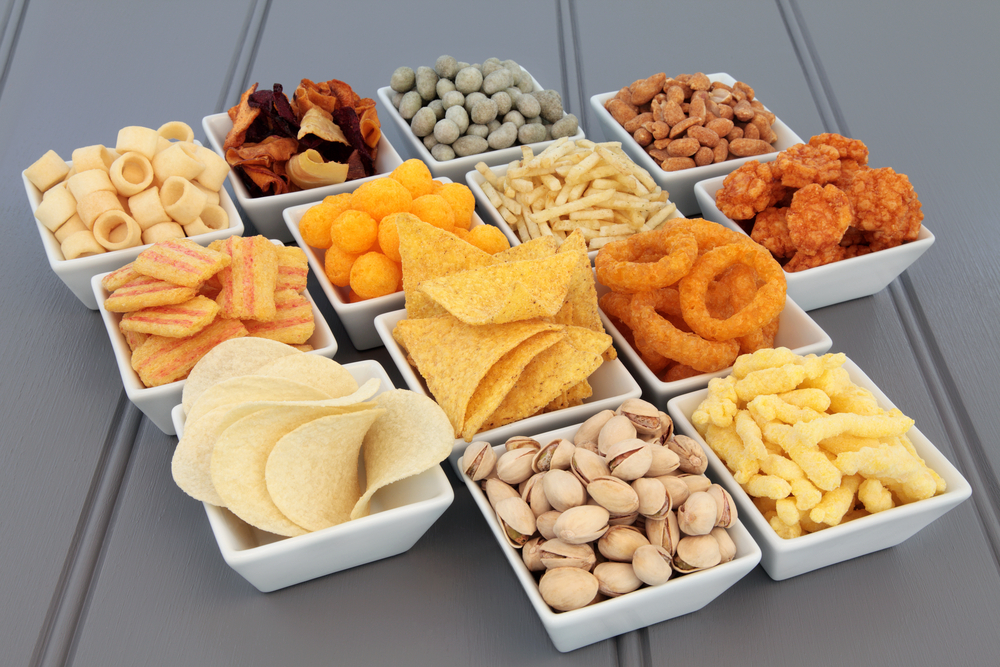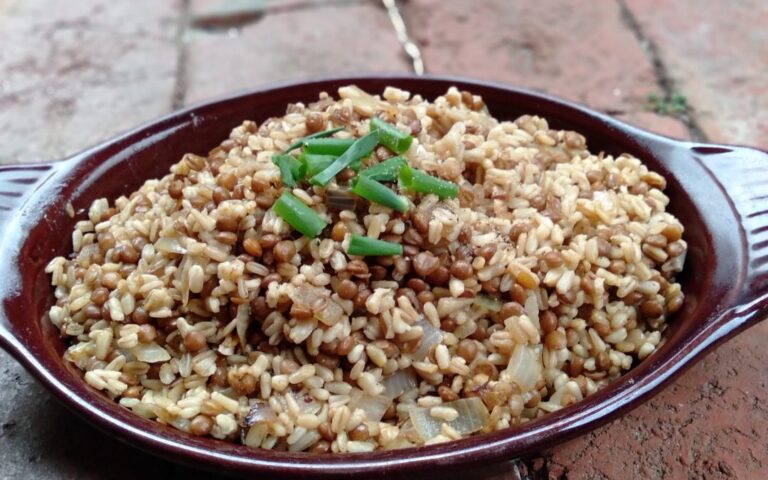
When you bite into a crispy potato chip or a crusty baguette, what’s the most satisfying part? Surprisingly, it’s not just the flavor — it’s the crunch. That sound and sensation of texture can make or break your eating experience, often more than the taste itself.
Welcome to the fascinating world of food psychology, where texture — especially the crunch — plays a starring role in how we perceive, enjoy, and even crave certain foods.
Why Crunch Captures Attention
Crunchy foods engage multiple senses at once:
- Touch: You feel the firmness and resistance when you bite.
- Hearing: The loud crackle signals freshness and intensity.
- Mouthfeel: The contrast to softer elements (like creamy cheese or smooth sauces) creates a more dynamic experience.
All of these combine to send a strong signal to your brain: “This is satisfying.”
In fact, studies have shown that people rate foods as fresher, tastier, and more enjoyable when they include a noticeable crunch — even when the flavor remains the same.
The Science Behind Crunch
Your brain pays extra attention to sound while eating. The act of chewing creates internal noise, and crunchy foods amplify this — sending feedback to your brain that something “good” is happening.
Researchers have found that the louder the crunch, the more we associate the food with being fresh and high-quality. This is why brands engineer snacks like chips and cereals to have a specific “crunch decibel” level — it’s not accidental.
Evolution and Crunch: A Survival Signal?
There’s an evolutionary theory at play, too. For our ancestors, crunch often meant freshness or safety:
- Fresh fruits and vegetables snapped when broken.
- Stale or spoiled foods were soft, mushy, or slimy.
- Insects or small bones created noise — alerting us to avoid certain items.
So our brains may have developed to prefer crunchy foods as a subconscious survival mechanism — rewarding them with extra sensory pleasure.
The Texture-Taste Connection
While we often separate taste from texture, the truth is: they’re inseparable in the eating experience.
Here’s how texture influences perception:
- Crunchy foods = Fresh, exciting, clean
- Soft or mushy textures = Comforting, nostalgic, or sometimes off-putting
- Grainy or slimy textures = Unpleasant, even if the flavor is good
That’s why adding croutons to a salad or nuts to a dessert can elevate the entire dish — the contrast of textures makes everything more satisfying, even when the flavors don’t change.
Crunch and Cravings
Crunchy foods also play a psychological role in stress relief. The physical action of biting into something hard or crispy can act as a release of tension, similar to squeezing a stress ball. That’s why we often crave:
- Chips during stress
- Popcorn while watching movies
- Crackers when anxious
In short, we don’t just eat with our mouths — we eat with our nerves, our ears, and our emotions.
The Culinary Art of Crunch
Chefs and food stylists carefully design “textural moments” into their dishes. For example:
- A soft risotto topped with crispy shallots
- A creamy dessert with a crunchy biscuit base
- A tender protein paired with seared, crispy skin
These contrasts add depth, complexity, and excitement. A dish without texture can taste flat, no matter how flavorful it is.
Final Bite
While taste will always be central to food, texture — especially crunch — is what makes food memorable. It satisfies something primal and psychological in us, adding joy to every bite.
So the next time you reach for something crunchy, know that it’s not just a craving — it’s a full-sensory experience rooted in science, culture, and your own emotional world.
Enjoy the crunch — your brain certainly does.





